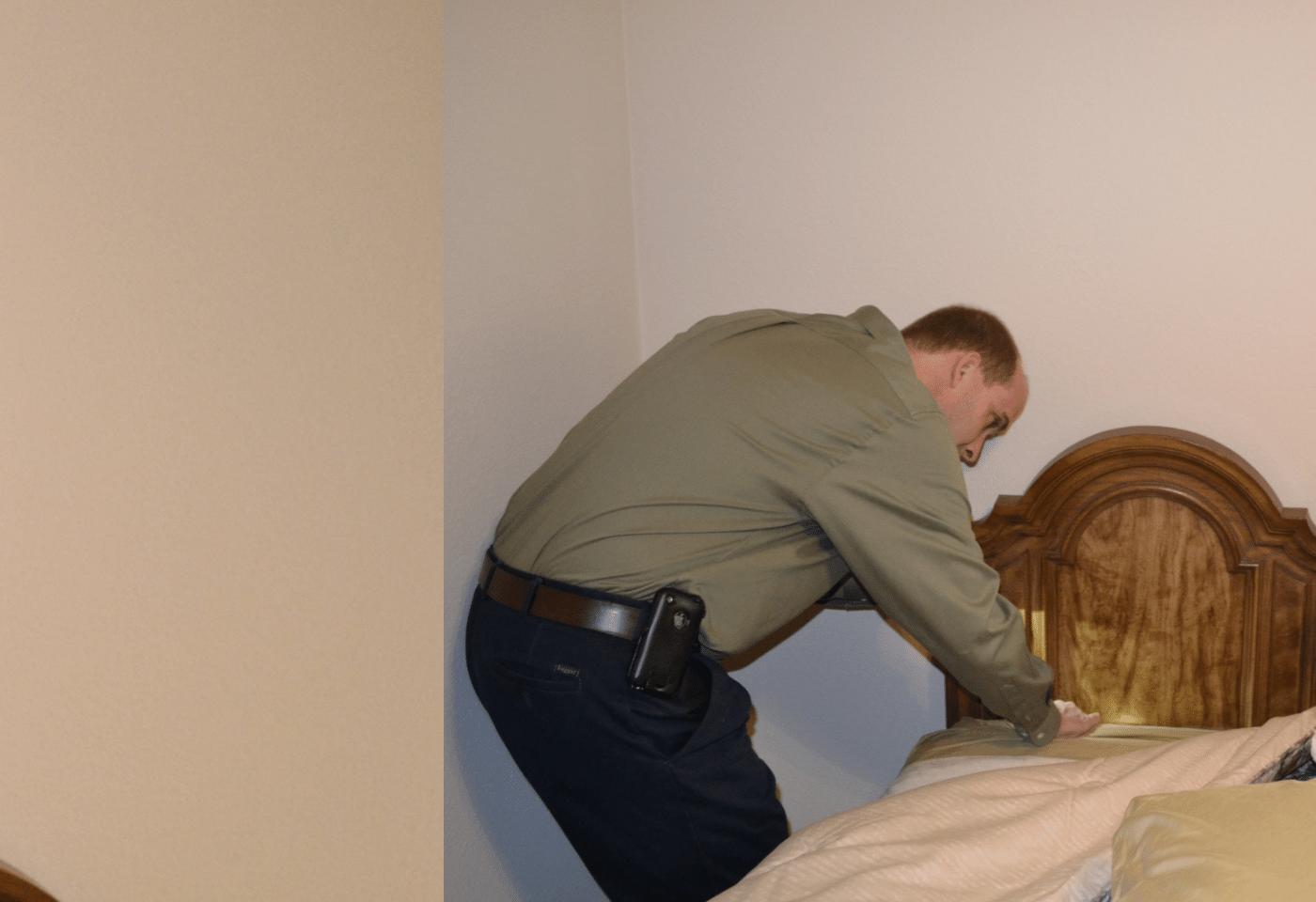A1 Bed Bug Exterminator Houston: Dependable Treatment Providers
Comprehending the Lifecycle of Pests for Targeted Control Techniques
Comprehending the lifecycle of pests is an essential facet of efficient parasite monitoring techniques. By comprehending the numerous phases of advancement that parasites undergo, an extra targeted and specific technique can be adopted to regulate their populaces. This knowledge not just loses light on the vulnerabilities within the insect lifecycle but likewise paves the means for applying calculated procedures that can interrupt their development and recreation cycles. With a deeper understanding of how bugs evolve and prosper, tailored control strategies can be designed to deal with details factors in their lifecycle, inevitably bring about more effective pest administration end results.
Significance of Recognizing Pest Lifecycle
Recognizing the lifecycle of bugs is crucial for establishing effective and targeted control techniques in bug management. By understanding the numerous stages a pest undergoes from egg to grownup, bug control specialists can determine vulnerable points in the lifecycle where intervention can be most successful. Understanding when larvae are most energetic can help figure out the optimal timing for using larvicides. Additionally, understanding the life-span of a pest types can aid in anticipating population growth patterns and prospective problem risks.
In addition, acknowledging the certain environmental conditions needed for each and every stage of the insect's lifecycle can direct choices on environment alteration or exclusion approaches to interfere with the lifecycle and minimize bug populaces. This expertise makes it possible for pest management experts to apply positive procedures instead of counting only on reactive treatments, causing even more lasting and sustainable bug control options. Eventually, an extensive understanding of bug lifecycles equips pest control specialists to customize their methods effectively, optimizing and decreasing ecological effects control outcomes.
Trick Stages in Parasite Development
To successfully implement targeted control strategies in insect administration, a crucial facet lies in comprehensively identifying and comprehending the essential stages in pest growth. Bug growth typically is composed of several vital phases that are vital for their lifecycle and management. The initial phase is the egg phase, where bugs lay eggs that later hatch out right into larvae. Larvae then progress right into pupae, a stage where they undertake metamorphosis before arising as grown-up insects. Comprehending these phases is necessary as it helps in determining prone factors in the lifecycle where control steps can be most efficient.

Vulnerabilities in Bug Lifecycle
Throughout the various stages of a bug's lifecycle, unique vulnerabilities arise that can be tactically targeted for reliable control actions (A1 Bed Bug you can try these out treatment houston). One critical susceptability lies in the egg phase, where insects are commonly extra at risk to particular pesticides or organic control agents due to their soft external covering, making them less complicated targets for intervention. Comprehending these susceptabilities in the bug lifecycle is crucial for developing exact and efficient control techniques that efficiently manage bug populaces while minimizing environmental effect.
Carrying Out Targeted Control Procedures

Applying targeted control procedures generally includes a multi-faceted method. This may consist of environment alteration to make the environment much less friendly to insects, such as eliminating standing water for mosquito control or securing entrance factors for rodents. Furthermore, biological control approaches can be used, where natural predators or virus are presented to maintain pest populations in check.
Integrated Insect Monitoring (IPM) methods that combine different control steps in a worked with and sustainable way are often the most reliable in achieving lasting pest administration objectives. By executing targeted control steps based on a detailed understanding of bug lifecycles, pest populaces can be successfully controlled while decreasing risks to human health and wellness and the setting.
Enhanced Bug Administration Practices

In addition, the consolidation of biological control agents, such as all-natural killers or microorganisms of pests, can help in reducing index dependence on chemical pesticides and advertise a much more balanced community. Executing physical obstacles and traps can additionally become part of boosted bug management techniques, supplying safe and targeted options for pest control. In addition, using pheromones and various other semiochemicals can interrupt pest mating patterns and interaction, leading to decreased parasite populaces gradually.
Conclusion
By identifying crucial phases in parasite growth and vulnerabilities in their lifecycle, targeted control procedures can be carried out to reduce bug populaces. Enhanced bug management methods can help decrease the dependence on broad-spectrum chemicals and promote even more sustainable and ecologically pleasant bug control methods.
Comprehending the lifecycle of parasites is crucial for developing reliable and targeted control techniques in pest administration. By comprehending the numerous phases an insect goes with from egg to grownup, parasite control professionals can identify susceptible points in the lifecycle where intervention can be most successful. Inevitably, a detailed understanding of insect lifecycles equips insect control practitioners to tailor their strategies efficiently, making the most of and decreasing ecological influences control end results.
By executing targeted control steps based on a complete understanding of parasite lifecycles, insect populaces can be efficiently regulated while decreasing threats to human health and the environment.
By recognizing essential stages in parasite development and vulnerabilities in their lifecycle, targeted control steps can be applied to lessen parasite populaces.